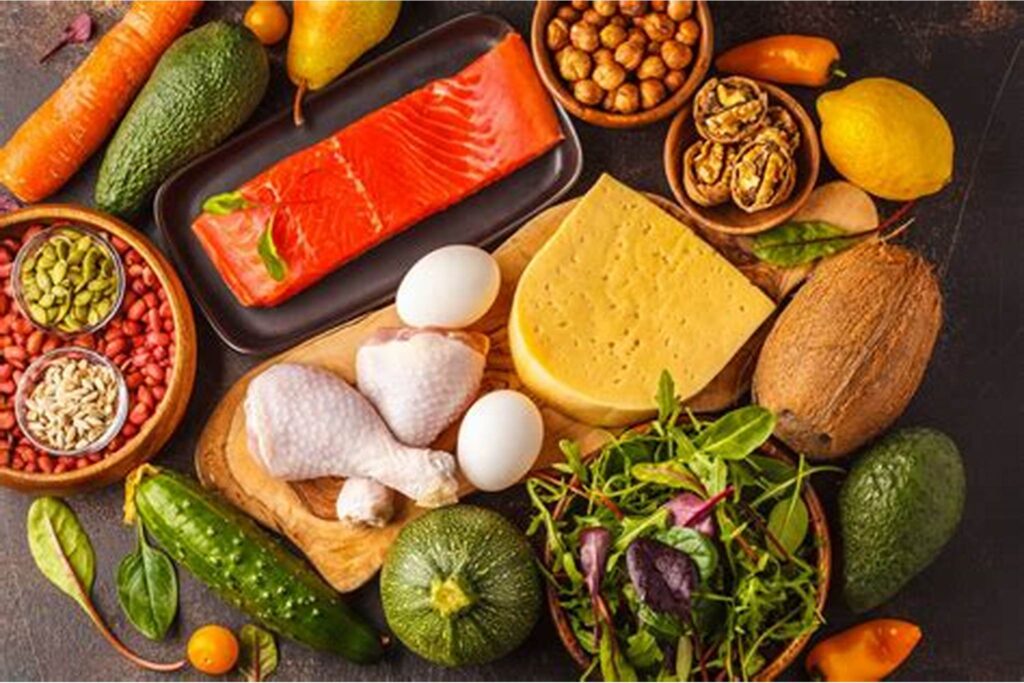Lessons in Mindfulness: Eating for Your Health

What are we thinking today? Let’s talk about eating for your health. Literally there are hundreds of books and articles about the best diet for health and weight control. There are documented diets back as far as 1910. It was a low fat/no fat and low sugar/no sugar diet. Counting your calories came from the flappers in the 1920s. Eating only cabbage soup for two weeks, adding apple cider vinegar to water every morning, stuff yourself for three days then eat very little for two weeks, the popular Keto Diet and the South Beach Diet are a few more modern diets. There is little or no scientific evidence to support any of these diets, yet some people have success with them. With so many suggestions how do we choose one that will help us be successful in reaching our goals?
According to the Webster Dictionary, a diet is: 1) food and drink regularly provided or consumed, 2) habitual nourishment, 3) the kind and amount of food prescribed for a person or animal for a special reason, 4) a regimen of eating and drinking sparingly to reduce one’s weight. The definition has changed as doctors and specialists looked at what thin, healthy cultures eat and how individuals successfully lost weight and are healthy. Basically, there is nothing scientific about any popular diet. The truth is a good diet is what you eat from the four/five food groups to feel good and be healthy. No two people who are alike. Our body chemistry, as well as our personal needs, are different. Thus, one diet does not fit all. Therefore, our friend can use a diet to successfully lose weight, but we don’t seem to lose one ounce.
USDA Dietary Guidelines
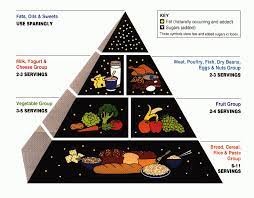
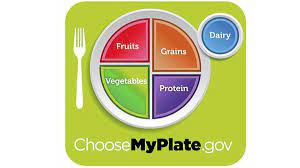
In 1894 the U.S. Department of Agriculture published its first dietary recommendations. In 1916 the first good guide (Food for Young Children) was published. Food was divided int 5 food groups – milk and meat, cereals, vegetables and fruits, fats and tatty foods, and sugars and sugary foods. By 1943 the Recommended Dietary Allowance for Americans was created, in order to deal with food shortages and the need for food rationing during WWII. These basic four included milk, meats, fruits and vegetables, and grains. In the 1970s, sugars and alcoholic beverages were added to the basic four. Then in 1994 they released the Food Guide Pyramid focusing on variety and proportionality. The USDA took a telephone survey in 1996 and determined there were too many recommendations about healthy ways to eat. There is a difference between science and opinion. Diets and food guidelines are very basic. Since each of us are individuals in our body makeup and needs, we cannot rely on a one diet fits all approach. With a little bit of knowledge, we can create a diet that fits our taste and lose weight.
Components of a healthy diet:
As we have discovered over and over again, someone gives you information about the type of diet that they used to lose weight, you do your best to stick to that diet, but find it doesn’t work for you. At times you even put more weight on. Scientific studies and research are giving us more information to use for creating a healthy diet. Components for a healthy diet are protein, carbohydrates, fats, and water. Let’s discuss these components and why they are important.
Protein
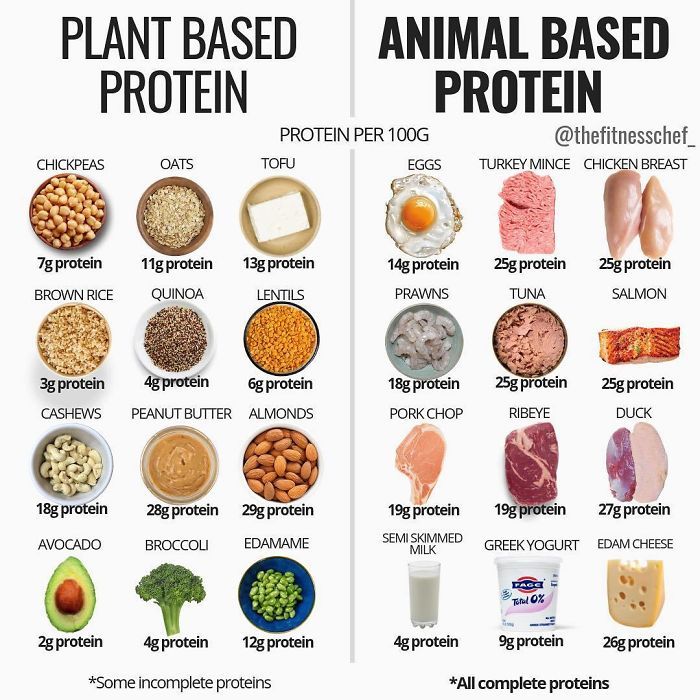
Protein is not stored in the body and must be eaten daily.
The reason you need complete protein in your diet:
- Builds and repairs muscle
- Antibody production for the immune system
- Making of hormones and enzymes
- Digestion and absorption of food
- Maximize the transport of oxygen to tissues
- Structure support of muscles, tendons, organs, bones, hair and skin
- Aids in weight loss
High quality sources for protein containing both essential and non-essential amino acids:
- Whey protein isolate
- Whey protein concentrate
- Egg sources
- Meats – red meat (beef, venison, bison, etc.) and pork
- Poultry – chicken and turkey
- Fish and seafood
- Soy protein (tofu) and quinoa
- Combined plant sources – beans and rice, etc. (important to combine to create complete proteins) www.medicalnewstoday.com Top 15 Sources of Plant-Based Proteins
- Isolated plant sources – whole grains, nuts
Carbohydrates
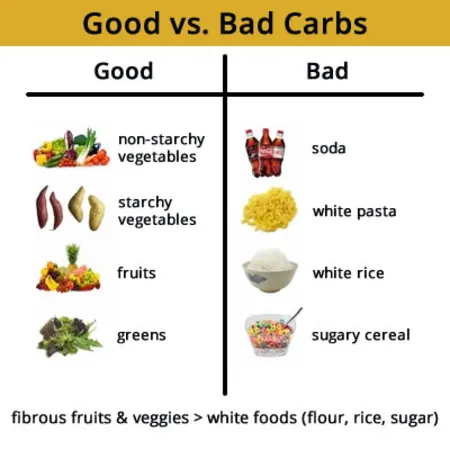
Carbohydrates are starches, fiber, and sugars, which breakdown to create glucose.
- Provides energy to our body – kidneys, heart, brain, muscles, and central nervous system.
- Help in metabolism
- Good source of vitamins, minerals, and nutrients
Sources for carbohydrates have a glycemic index (speed converted to glucose)
- Dairy – milk, yogurt
- Fruits – berries, citrus fruits, melons, apples, pears, bananas, kiwi
- Vegetables – starchy (sweet potatoes, corn, yams, peas, carrots) nonstarchy (leafy greens, cabbage, spinach, asparagus, tomatoes, broccoli,
cauliflower, green beans, cucumbers, peppers, zucchini, mushrooms)
- Pasta – whole-grain
- Potatoes
- Legumes – lentils, black beans, pinto beans, navy beans, chickpeas, soybeans
- Grains – rice, oatmeal, amaranth, barley, whole wheat
- Maltose
- Sugar – raw, unprocessed
- Fiber – nuts and seeds (pumpkin seeds, sunflower seeds, almonds, cashews, walnuts, peanuts, pistachios
Carbohydrates alone do not make you fat. You can survive without carbohydrates; however your workout will be lower and you can experience muscle fatigue easily.
Fats

We are lead to believe that fats are bad for us and we shouldn’t eat them. Through the years fat has been connected to us being overweight and cardiovascular disease risk. Recently, researchers have discovered that we need some fat each day but need to keep it balanced. Believe it or not, the right type of fats do have benefits.
- Energy dense nutrients
- Long-term sense of satiety (delayed feelings of hunger)
- Essential for biological functions – regulating cell activity
- Promote vitamins absorption
- Makes food tastier
There are different types of fats – saturated, monosaturated, polysaturated, trans fats
- Monosaturated – avocado, nuts, nut butters, olive oil
- Polysaturated – vegetable oil
- Saturated – coconut oil, grass fed animal fat, some conventional saturated fats such as butter, bacon, eggs, cheese
- Trans fats- (these should be avoided as much as possible) most fried food and fast foods
Water

Water is important in your diet. It is necessary for the blood to deliver nutrients and oxygen to cells throughout the body.
- Boost your metabolism
- Decreases feelings of hunger
- Helps organs filter and eliminate waste
- Aids in digestion and elimination of waste through your colon
The amount of water needed is dependent on the size of your body and how active you are. A good way to check to see if you are drinking enough is to check your urine. If it is clear or light yellow, you are drinking what your body needs.
In another post we will discuss how to create your own diet using:
- Calorie balance
- Macronutrient amounts of protein, carbohydrates, and fat
- Nutrient timing – when to eat
- Food composition
- Supplements
In the end, the right diet for you is the one that is well rounded, remembering moderation in all things, and making it a lifestyle.
Remember: Stay Fit, Stay Young, Stay Alive
Enjoy the Learning
Diet, strength, flexibility, endurance, and relaxation are the five vital keys to keeping healthy and physically fit.
References:
Reid Health – Carbohydrates 101: The benefits of carbohydrates
Joseph P. Cannon, MS – Nutrition Essentials
Harvard Health Publishing, Harvard Medical School – Know the facts about fat
Web MD – Benefits of Protein by Jon Cooper



